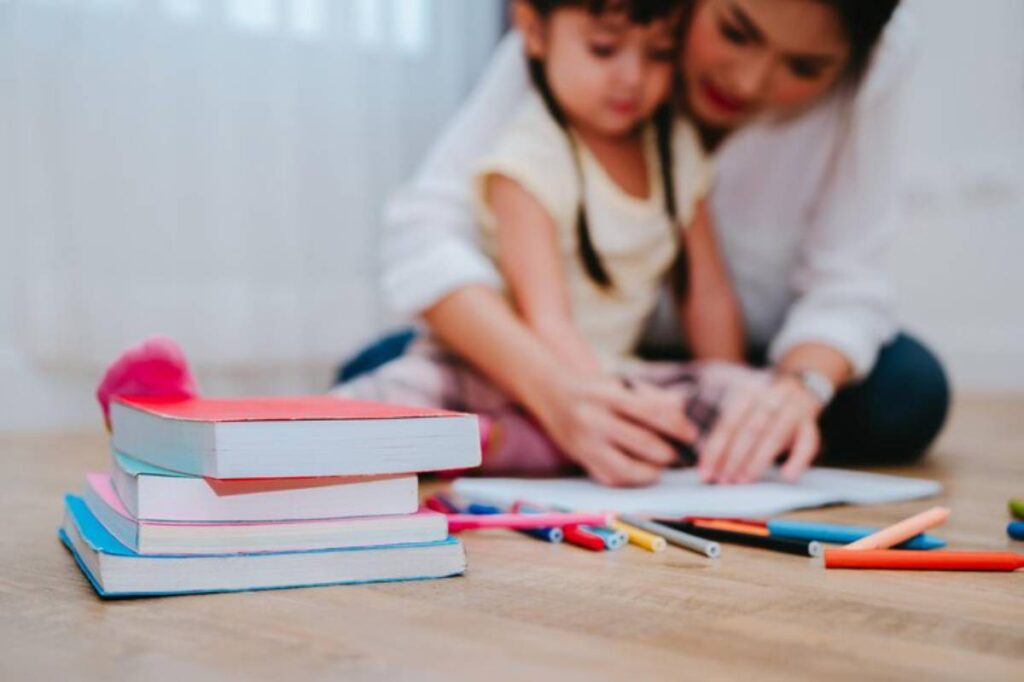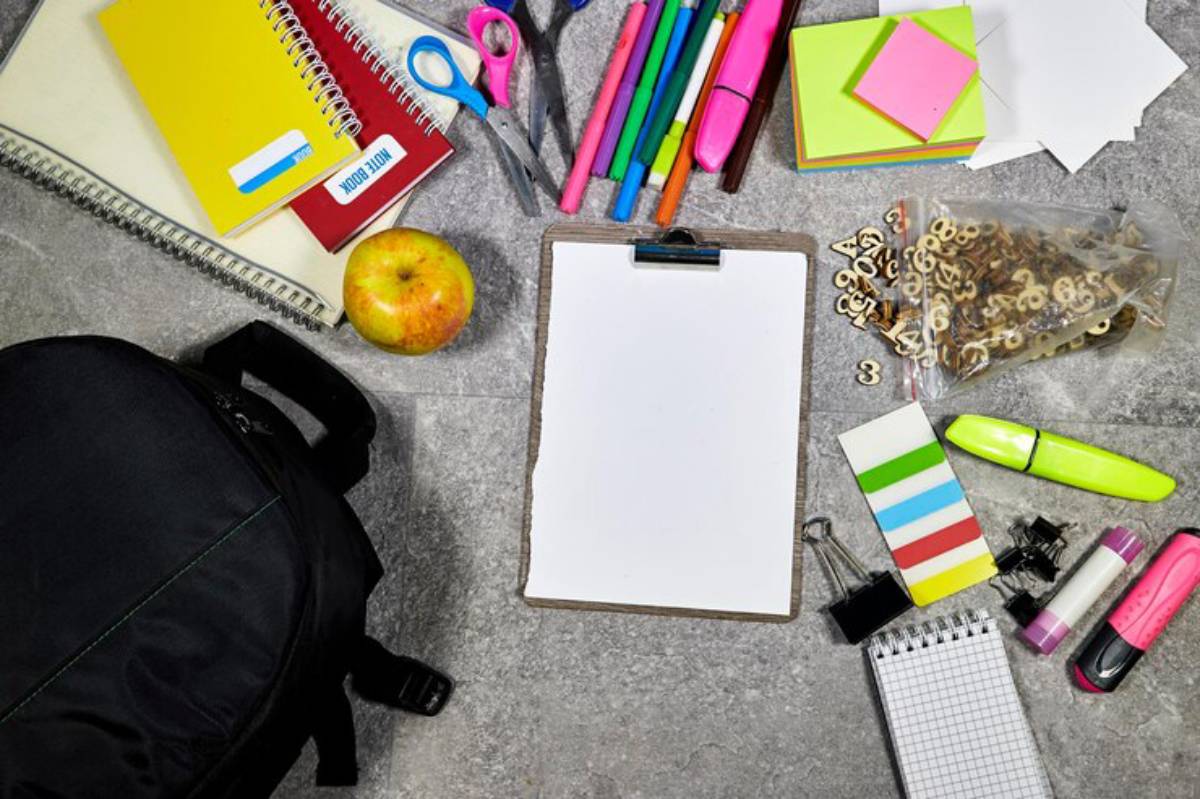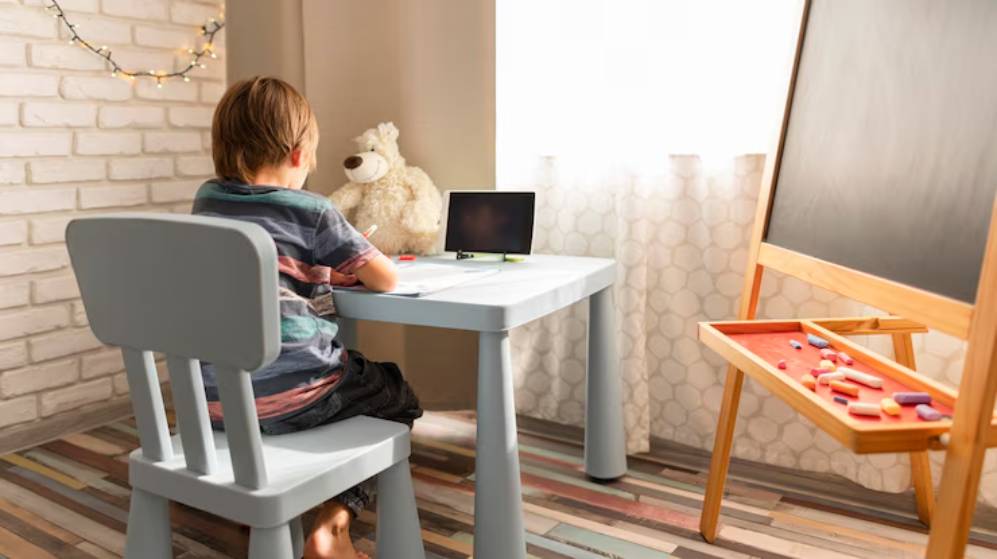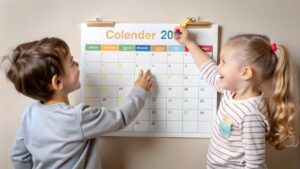The Education Blog

Homeschool Supplies Checklist for First-Time Parents
Starting homeschool can feel like stepping into the unknown. There’s the excitement of creating a personalised learning journey, but also the overwhelm of getting everything in place. One of the most common concerns for first-time parents is knowing which homeschool gear is actually necessary, and which items just add clutter.
This comprehensive homeschool supply list is designed to help you build a well-stocked yet manageable setup. With a focus on functionality, cost-effectiveness, and ease of use, we’ll explore what you really need to start homeschooling with confidence.
By the end, you’ll have a clear, practical checklist of beginner homeschool tools and thoughtful tips on how to use them. Let’s turn your space into a productive, inviting place to learn — without going overboard.
Must-Have Stationery and Basics
Core Tools for Daily Learning

These are the items you’ll reach for every single day. Start here before moving on to specialised gear.
- Pencils and Erasers: Invest in quality pencils that don’t break easily. Keep a stash of rubbers for neat corrections.
- Pens and Highlighters: Use a mix of coloured pens for note-taking, and highlighters for marking important concepts.
- Notebooks and Paper: Lined, graph, and plain paper all have their place depending on the subject.
- Folders and Binders: Organise completed work, worksheets, and handouts by subject.
- Whiteboard and Markers: Great for group learning, brainstorming, and spelling practice.
- Scissors, Glue Sticks, Rulers: These everyday tools support hands-on learning, especially for younger kids.
Keeping your stationery visible and accessible encourages consistent use and reduces time wasted looking for supplies.
Essential Technology and Digital Tools
When and What to Invest In
Technology isn’t mandatory for every homeschool, but certain tools can enhance efficiency and engagement.

- Headphones: A must-have for focused listening during online classes or audiobooks.
- Laptop or Tablet: Ideal for accessing online lessons, research, and educational platforms.
- Printer and Ink: Useful for printing worksheets, schedules, and activity packs.
- Educational Software: Apps like BBC Bitesize, Khan Academy, or EdPlace can support independent learning.
If budget is a concern, start with free online tools and upgrade slowly. Make sure to set screen-time limits and supervise digital learning.
If you’re building a flexible learning schedule, our post on How to Create a Homeschool Routine That Fits Your Life offers excellent guidance.
Curriculum Materials and Core Subject Tools
Support for English, Maths, Science, and More
The heart of your homeschool setup lies in the materials that guide your teaching.
- Curriculum Books: Choose ones that suit your educational goals and child’s learning style.
- Workbooks: Offer structured practice in spelling, maths, reading comprehension, etc.
- Reference Materials: Keep dictionaries, thesauruses, and age-appropriate encyclopaedias at hand.
- Manipulatives: Maths counters, base ten blocks, or measuring kits are excellent for hands-on learners.
Rotate resources based on your current topic or term plan. This helps avoid overwhelm and keeps things fresh.
Creative and Art Supplies
Fuel the Imagination
Creativity supports cognitive development and emotional expression. A dedicated art box can be one of your best teaching aids.
- Crayons, Coloured Pencils, and Markers
- Watercolours and Brushes
- Craft Paper, Felt, and Stickers
- Glue, Glitter, and Craft Tools
You don’t need every colour or shape. A small, versatile set goes a long way. Encourage your child to decorate their planner or journal to make learning more personal.
Organisational Tools for Parents and Kids
Keeping Everything on Track
Being organised is half the homeschool battle. Here’s how to stay on top of lessons, progress, and supplies.
- Lesson Planner: Use a physical or digital planner to track weekly goals.
- Wall Calendar or Weekly Chart: Helps visual learners stay aware of what’s coming up.
- Supply Caddies or Trolleys: Keep materials mobile and grouped by purpose.
- Labelled Storage Bins: Makes tidying up a lot easier, especially with younger children.
Create a system that works for your home and stick with it. Organisation brings structure without stifling creativity.
Learning Environment Enhancements
Turning Your Space into a Classroom
Your homeschool space doesn’t need to be large, but it should be purposeful.
Consider including:

- Comfortable Seating and Desks: Ensure your child is seated at an appropriate height to write and focus.
- Bulletin Board or Display Wall: Showcase artwork, goals, or vocabulary words.
- Reading Nook: A quiet, cosy space encourages independent reading.
- Natural Lighting and Plants: These small touches can make your setup feel calm and inspiring.
Children respond well to clear cues about when it’s time to learn. A distinct learning space, even if it’s part of your kitchen or lounge, helps build that routine.
Enrichment and Supplemental Resources
Going Beyond the Basics
Some of the most memorable homeschool moments happen off-script. Consider keeping a few of the following on hand:
- Board Games and Educational Card Games: Great for social interaction and strategic thinking.
- Field Trip Kits: Binoculars, sketchbooks, or nature journals for outdoor learning.
- Science Kits: Pre-packaged experiments to encourage hands-on discovery.
- Library Membership: Offers access to a wide variety of books without needing to purchase everything.
Integrating enrichment tools can bring joy to your child’s learning and reinforce concepts in creative ways.
For ideas on bringing lessons to life, don’t miss our article on How to Plan a Homeschool Field Trip That’s Educational and Fun.
Be Prepared, But Stay Flexible
Getting your homeschool supplies in order is one of the most empowering steps for new homeschooling parents. It signals commitment, structure, and the beginning of a meaningful journey.
But remember — no checklist is set in stone. As you grow into your role and learn what your child responds to best, you’ll refine your setup and add or subtract tools accordingly.
The goal isn’t to have a Pinterest-perfect classroom. It’s to create a space that feels inviting, manageable, and inspiring. So gather your beginner homeschool tools, build your foundation, and take it one day at a time.
You’re more ready than you think.









